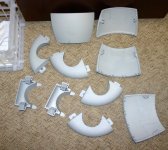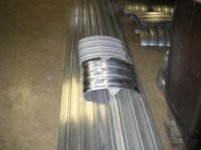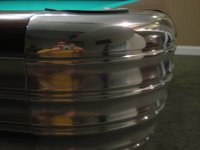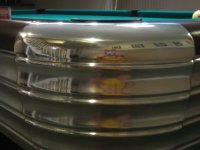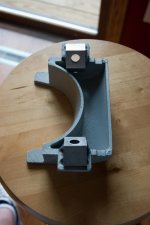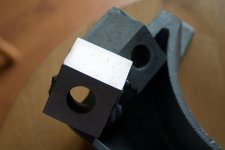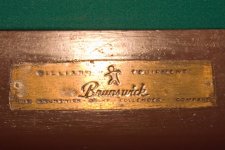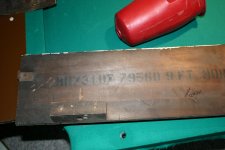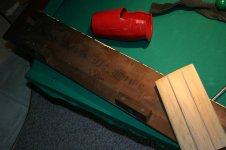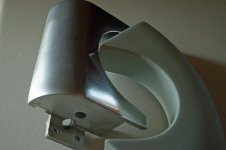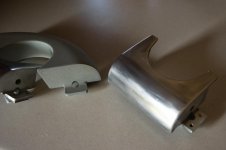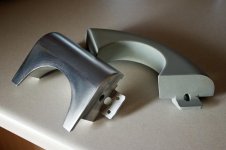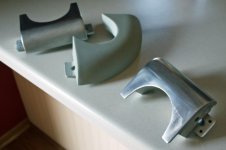The 60 + year old anodized aluminum pocket castings were taken to an alumunim treatment facility near where I work. I was expecting a consistent satin sheen with a hardcoating but got a soft 'primer-gray' color instead. There were concerns about the porosity of the old aluminum resulting in this. They suggested a powder coat like paint process to follow. I'm wondering if the gray color would result if the castings were not de-anodized first. I had mentioned this before handing them over. The reason typical off-the-shelf aluminum polish (like from Mother's used for mag wheel polishing) doesn't work on these old pocket castings is because they are anodized. So, logic tells me if the castings had been de-anodized first, this might not have happened.
Can anyone tell me what other options I might have? I realize it could take someone with a chemical engineering background to answer but hopefully someone will know. I mean, can these still be chromed perhaps?
Can anyone tell me what other options I might have? I realize it could take someone with a chemical engineering background to answer but hopefully someone will know. I mean, can these still be chromed perhaps?

